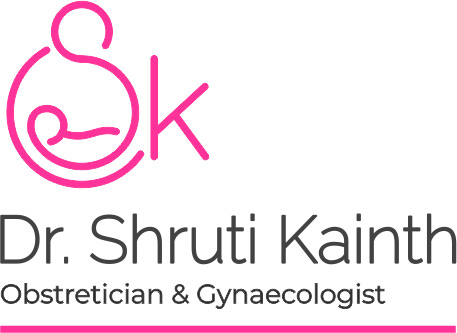Adolescent care
Best care for Adolescent
Adolescent care ( Best care for Adolescent )
Ages 10 to 19 are considered adolescent years. A girl’s mental and physical development undergoes significant changes at this crucial stage of life. Puberty is the process through which a child matures into a sexually capable adult. In females, this process involves a growth spurt in height, the development of the breasts (thelarche), the growth of body hair (known as pubarche), and eventually the onset of periods (menarche).
Every girl develops at a different rate. Changes can start at 9, and most girls get their first menstruation by 16. The onset of puberty varies from girl to girl and depends upon physical, genetic, and environmental factors.
This pubertal period goes through three phases:
Girls who start puberty at a young age may be more likely to develop physical, psychological, and social problems. Some health problems from early puberty include eating disorders, compulsive behaviour, and delayed breast development.
Parents need to watch for signs of early developing sexual behaviour during this phase of child development to be prepared for any possible problems in the future.
Here, Dr Shruti Kainth provides the best care for adolescent girls with a special focus on sexual health & hygiene. She diagnoses the exact cause of any problems and offers appropriate treatment with great expertise. A consultation is advised for a proper diagnosis and treatment.
The cycles may be erratic in the first few years of menstruation. However, it is best to see a doctor if you get periods every 15 days or if they last more than two months.
Period pain or dysmenorrhoea is a pain in the lower abdominal region. It can start anywhere from 11 to 21 years of age. It can affect girls of different ages differently.
Periods may get lighter and lighter. However, some girls may decide to suppress the bleeding rather than undergo period therapy treatment, which is risky and may result in a delay in the development of primary sexual organs, or the result could be a complete absence of menstruation altogether.
Discussing menstrual hygiene with teens is crucial. It guarantees good reproductive health, lowers the risk of cervical cancer, lowers the incidence of rashes in private areas, and lowers the risk of urinary tract infections. Girls should
- Every four hours, change the pad.
- Reusable pad cleaning is important.
- Keep your vagina clean.
- Never employ two pads at once.
- Put on comfy, hygienic underclothes.
Premenstrual syndrome, sometimes known as PMS, is another typical period-related problem. It comprises psychological (mental) signs such as tension, irritation, fatigue, emotions of hostility or rage, low mood, anxiety, lack of confidence, and emotional feelings. Physical symptoms include breast swelling, abdominal bloating, swelling of feet/ankles/hands, and headaches. But these symptoms do not always indicate PMS. The most common signs are stomachache and headache.
You can manage this by doing some easy things like reading, talking about it, exercising, consuming less caffeine and alcohol, cutting back on carbohydrates, and avoiding foods that retain water. It can occasionally be treated with mild painkillers and medications like primrose oil, calcium, magnesium, vitamin B6 (pyridoxine), and calcium.
The proper knowledge from the appropriate source is also necessary for contraception and healthy sexual behaviours. Adolescents need to be aware of these challenges and have a welcoming atmosphere to discuss them.

